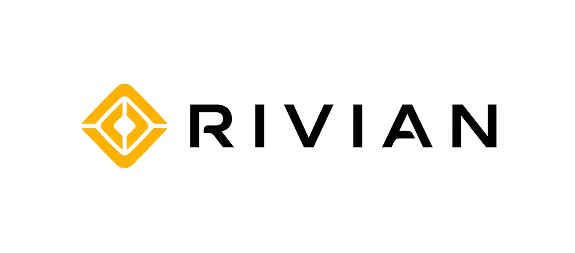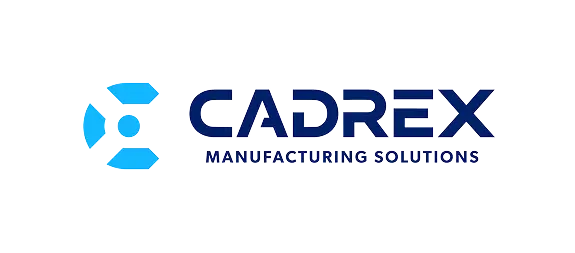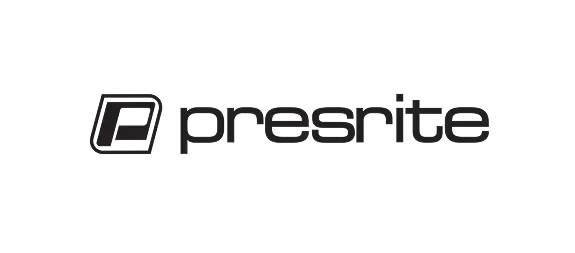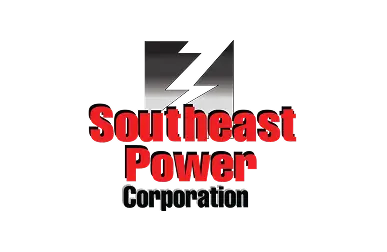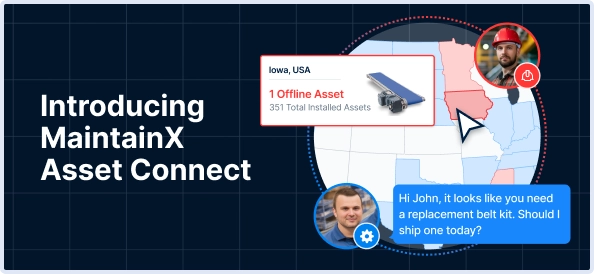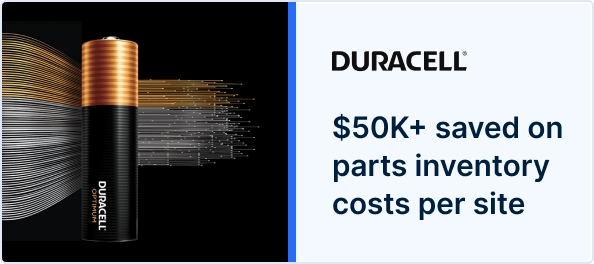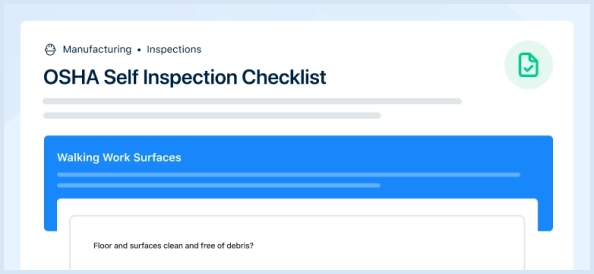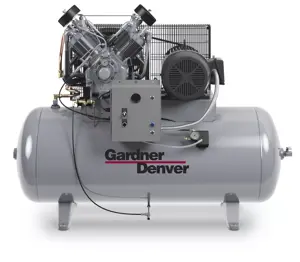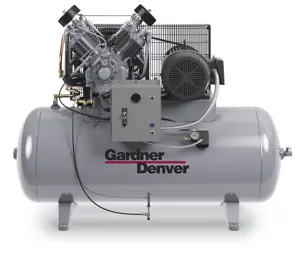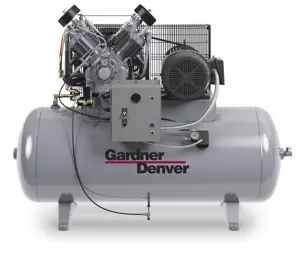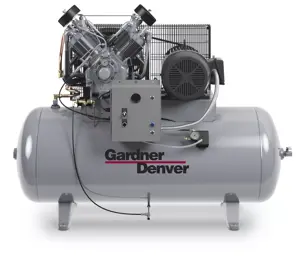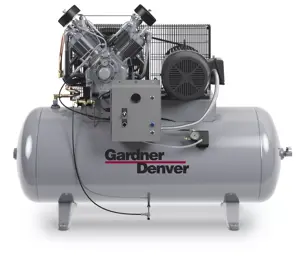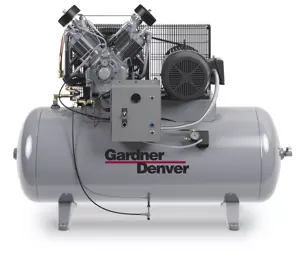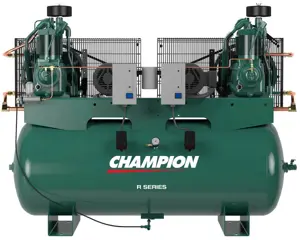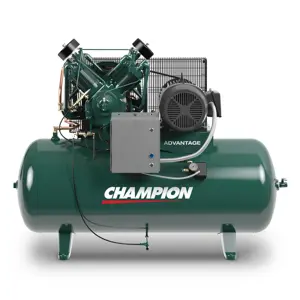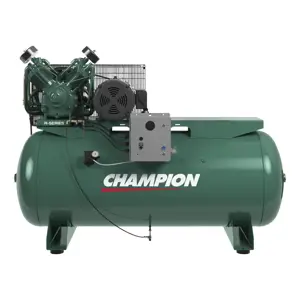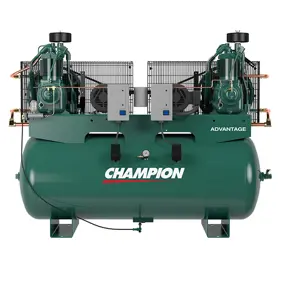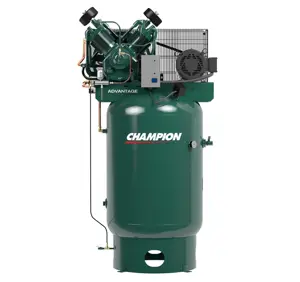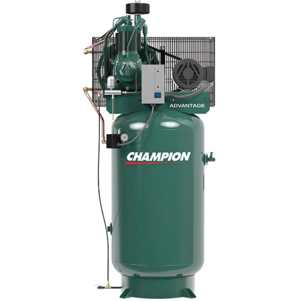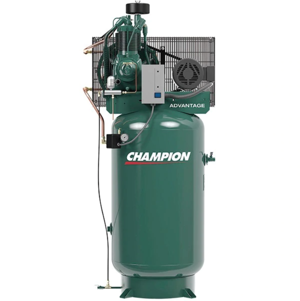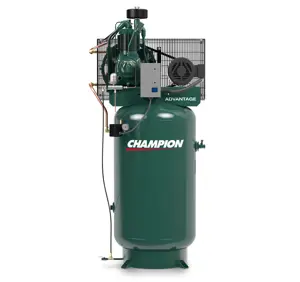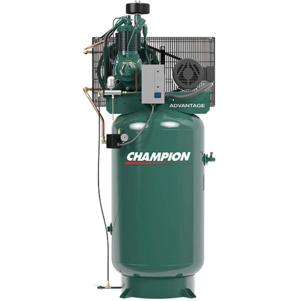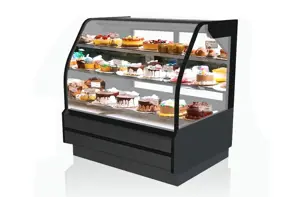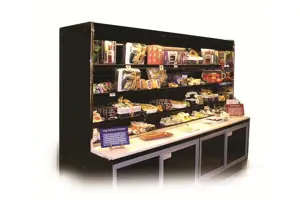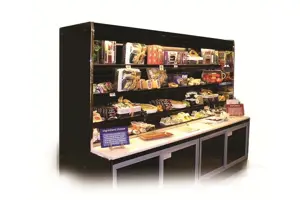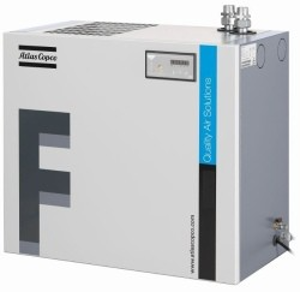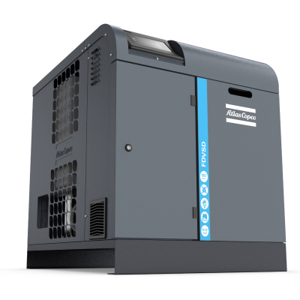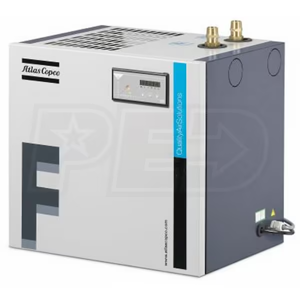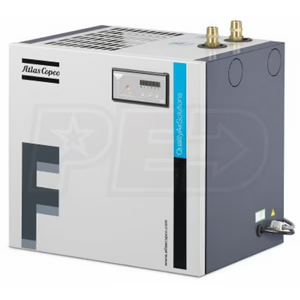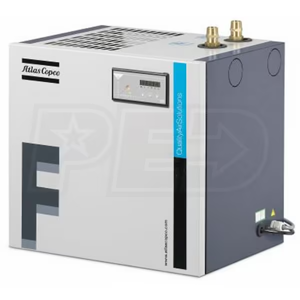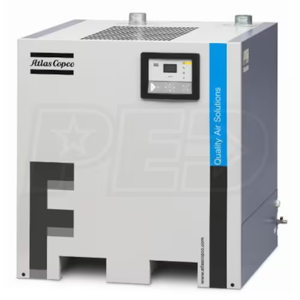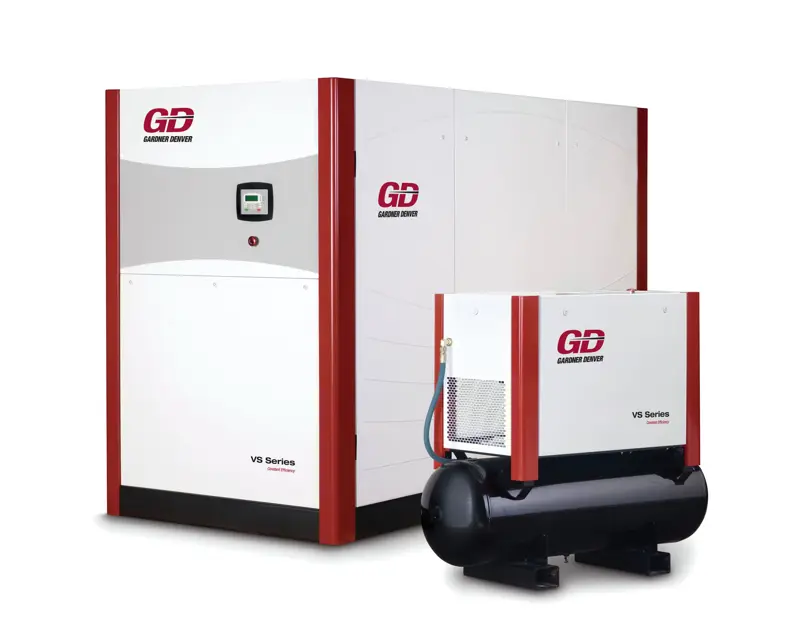

The Gardner Denver VS50A is a high-performance industrial compressor designed for reliability and efficiency. This versatile asset is ideal for various applications, ensuring optimal air delivery and operational performance in demanding environments. With robust construction and advanced technology, the VS50A meets the needs of modern industrial operations.
Turn manuals into instant answers
with your AI-powered assistantTurn manuals into instant answers
with your AI-powered assistant
Manual for Gardner Denver Compressor VS50A
Complete asset maintenance, one click away
Get instant access to all the maintenance information you need. Empower technicians to perform preventive maintenance with asset packages, ready to use right out of the box.
Documents & Manuals
Find all the essential guides in one place.
Tensioning Guide
Belt-diagram
C-120 pulleys
+ 13 more
Work Order Templates
Pre-built workflows to keep your asset running smoothly.
Daily Electrical System Inspection
Replace Roller and Pulley
Install Engine B-120
+ 29 more
Procedures
Integrate maintenance plans directly into your work orders.
Motion Industries
Applied Industrial Technologies
Electrical Brothers
+ 5 more
Parts
Access the parts list for your equipment in MaintainX.
Drive Motor
B2 Rollers
Tensioning System
+ 40 more

Gardner Denver Compressor VS50A
Create an account to install this asset package.
Maintenance Plans for Gardner Denver Compressor Model VS50A
Integrate maintenance plans directly into your work orders in MaintainX.
1000 Hourly Oil Sample and Oil Filter Replacement
Warning: This procedure requires trained personnel with PPE!
Enter the current operation hours of the unit
Is the unit completely off and the oil sump depressurized?
Is the power supply to the compressor package disconnected, locked out, and tagged out?
Is the valve isolating compressor package from air system closed (when provided)?
Is the cartridge unscrewed and removed with an adequate tool (e.g., strap wrench)?
Is the sealing surface on filter housing cleaned (wiped) and lubricated with grease?
Is the o-ring seal on new element lubricated with grease?
Is the new element screwed onto filter head firmly – approximately 3/4 turns after cartridge and head make contact?
1 Daily Compressor Check
1. Check Air Filter (Compressor) - Replace when controller displays “CHANGE AIR FILTER” message.
1.1 Remove air cleaner cover (1) and remove filter element
1.2 Visually inspect housing inner tube against which the element makes a seal. Wipe dirt from outer surface if necessary. Also visually inspect the matching o-ring seal that is bonded to the element for defects and dirt, then wipe clean if necessary.
1.3 Visually inspect media. If flaws (e.g., tears of media, damage to sealing o-ring, etc.) are evident or if the pressure loss has triggered the vacuum switch (activation level is 30 inches water gauge) provided with the package instrumentation, replace the element. Cleansing the element with air or water is not recommended, as media damage is very probable
1.4 Replace element and cover and fasten cover to filter housing.
2. Check Oil Separator Element - Replace when controller displays “CHANGE OIL SEPARATOR ELEMENT”.
3. Check Air/Oil Reservoir Oil Level - Check the reservoir oil level during compressor operation only - add oil if required.
Check oil level only with the compressor stopped. Normal oil level is the middle of the measuring rod. Add oil only when oil level has reached the bottom of the measuring rod. Drain oil only when the oil level is beyond the top of the measuring rod.
4. Start/Modulation/Stop Operation – Verify that compressors maintain steady compressed air pressure.
1 Weekly Compressor Check
Heat Exchangers (air-cooled) - Check for dirt accumulation on (air-cooled) air/oil heat exchanger finned surfaces.
Is the unit completely off and oil reservoir depressurized?
Is power supply to the compressor package disconnected, locked out, and tagged out?
Are enclosure door panels adjacent to cooler assembly opened and/or removed?
Are cooler housing side covers located and removed by unscrewing fasteners?
Is core area inspected? If blocked with debris, is a moderate (e.g., 100 psi) source of compressed air and/or water used while directing nozzle (pointed through core to inside) to dislodge debris and clean? Is vacuum (applied from inside) also employed to clean the heat exchanger cores?
Are all loose debris and water from cooler box removed after cleaning process is complete?
Are cooler housing side covers re-attached with provided fasteners and enclosure door panels re-installed?
Air Filter (Electrical Box) – Check filter elements for dirt accumulation.
8000 Hourly Oil Replacement
Draining and Cleaning the Oil System:
Always drain the complete system. Draining when the oil is hot will help to prevent varnish deposits and carry away impurities. To drain the system, use the following method: (See Figure 5-1, page 42)
1. Be sure the unit is completely off and oil sump is depressurized
2. Disconnect, lockout, and tagout the power supply to the compressor package
3. Close (if provided by user) valve isolating compressor package from air system
4. Remove fill plug (1) and drain valve (3) to evacuate oil
5. Close drain valve (3), add oil up to top of measuring rod, and replace fill plug
6. If the drained oil and/or the oil filter element are contaminated with dirt, flush the entire system, reservoir, oil cooler, mixing valve, and lines. Inspect the oil separator element for dirt accumulation; replace if necessary. If a varnish deposit exists, contact the factory for recommendations for removal of the deposit and prevention of varnish
Refilling the Oil System:
1 Yearly Compressor Check
1. Heat Exchangers (air and water-cooled) – Check cooling performance of air and oil cores
- The compressors require a stable, cool (140°F typical at 80°F ambient air) supply of injection oil in order to operate at optimal efficiency; Under these conditions, the oil core allows 23 gpm oil flow with 7.7 psid pressure loss
- The lubricating and cooling oil must be kept at a normal operating temperature below 225°F in order to preserve its longevity
- The compressed air supply must be delivered into the distribution system at a temperature not exceeding 15°F above the ambient level in order to protect other devices (e.g., filters, dryers, tools, etc.) against damage; At 100 psi of discharge pressure, the air core allows the flow of 427 cfm with 1.1 psid pressure loss
2. Pressure Relief Valve – Check operation of device:
2.1 Raise the system operating pressure to its normal level
2.2 Turn the top cap on valve 1-2 turns counter-clockwise to open valve and let it vent for a few seconds
2.3 Close the valve by firmly turning top cap clockwise. Make sure that cap is firmly tightened to avoid damage by vibrations
3. Motor Lubrication – Inspect motors for abnormal noise and vibration; Grease-lubricate per guidelines included in Section 13 of this manual:
Parts for Gardner Denver Compressor VS50A
Access the parts list for your equipment in MaintainX.
3% Line Reactor
90500141
Grease 2 Lubricant
28H313
Grease 1 Lubricant
28H312
Grease, 400 gram
28H311
3% Line Reactor
90500141
Grease 2 Lubricant
28H313
Grease 1 Lubricant
28H312
Grease, 400 gram
28H311
3% Line Reactor
90500141
Grease 2 Lubricant
28H313
Grease 1 Lubricant
28H312
Grease, 400 gram
28H311
Unlock efficiency
with MaintainX CoPilot
MaintainX CoPilot is your expert colleague, on call 24/7, helping your team find the answers they need to keep equipment running.
Reduce Unplanned Downtime
Ensure your team follows consistent procedures to minimize equipment failures and costly delays.
Maximize Asset Availability
Keep your assets running longer and more reliably, with standardized maintenance workflows from OEM manuals.
Lower Maintenance Costs
Turn any technician into an expert to streamline operations, maintain more assets, and reduce overall costs.
Thousands of companies manage their assets with MaintainX


